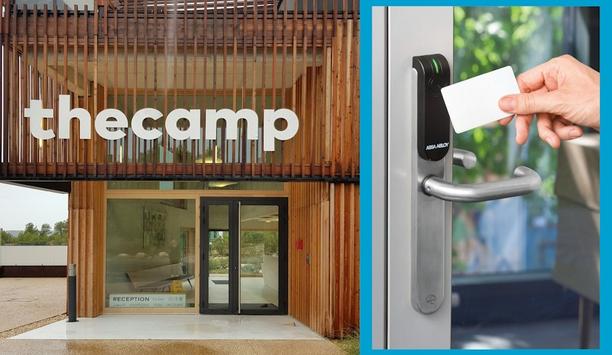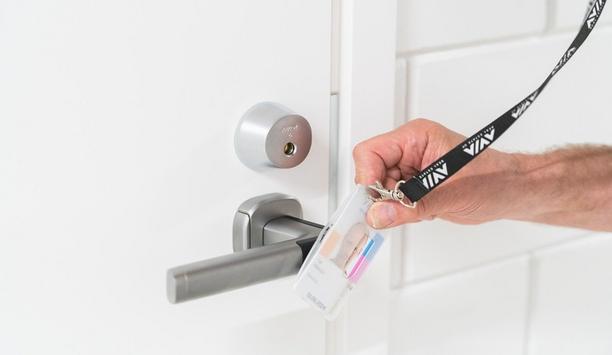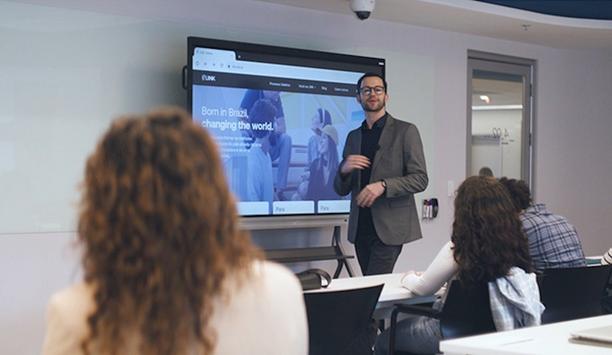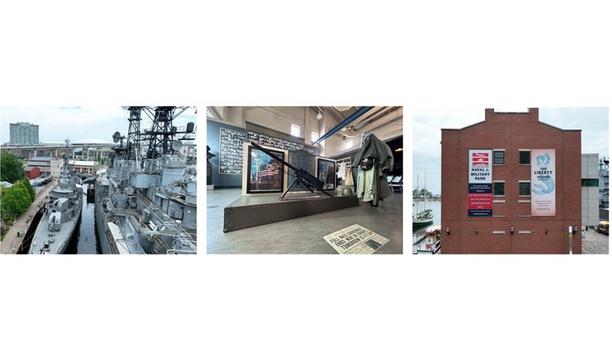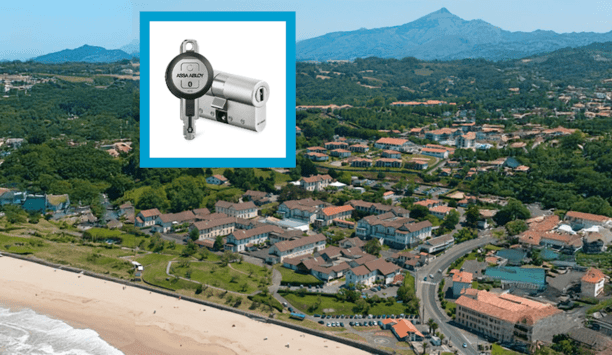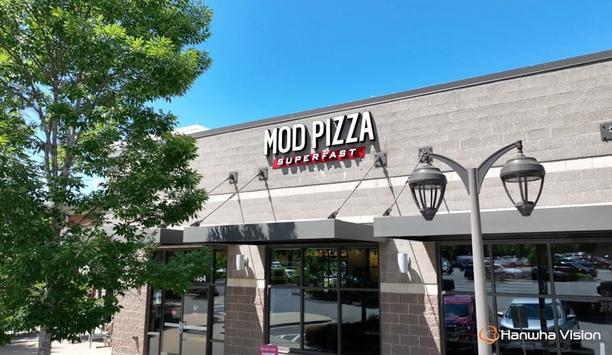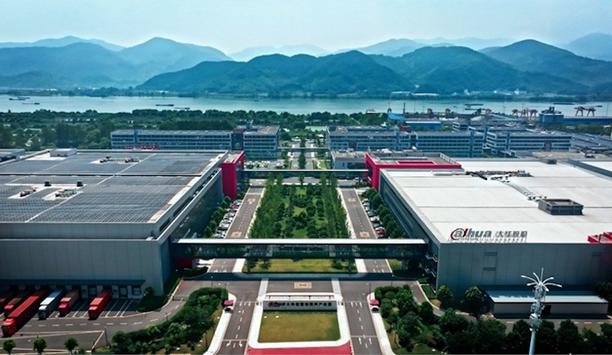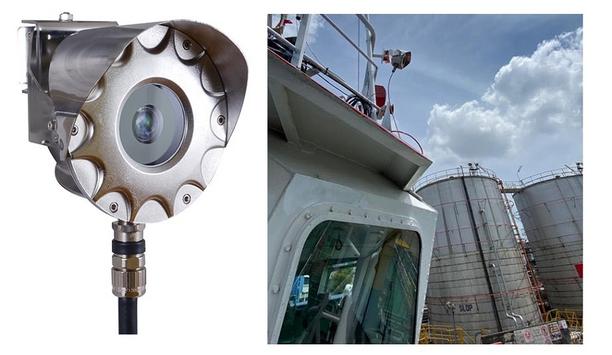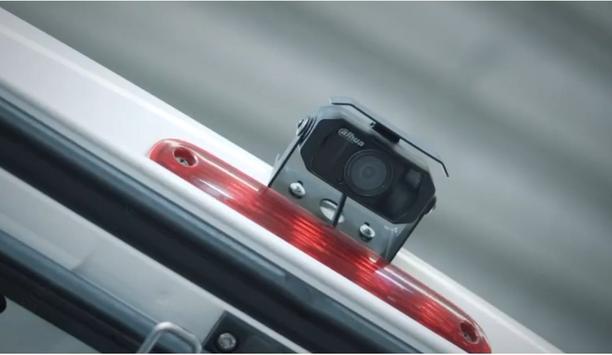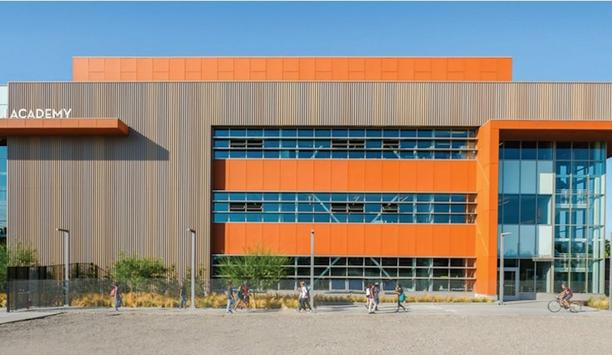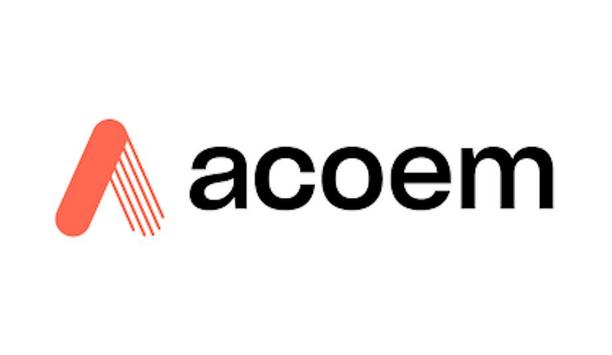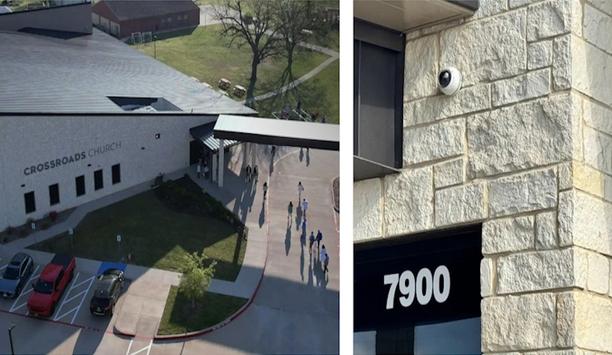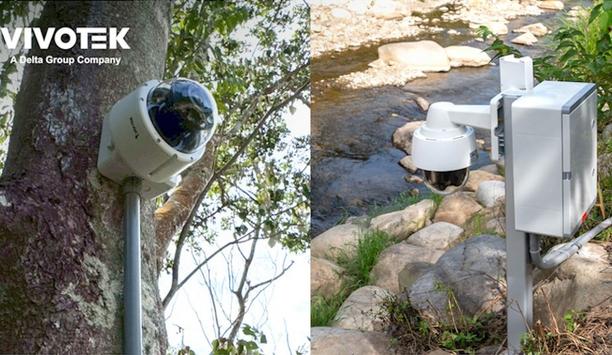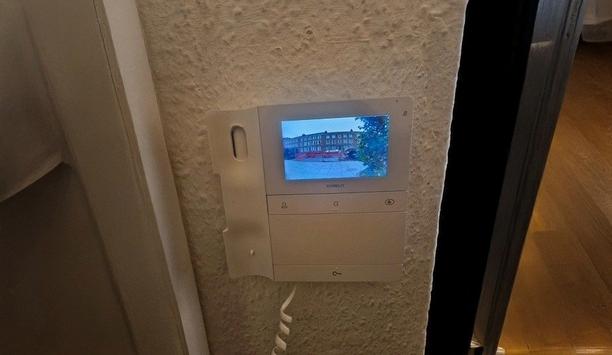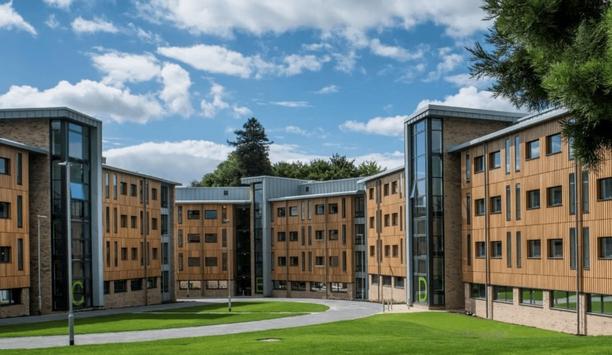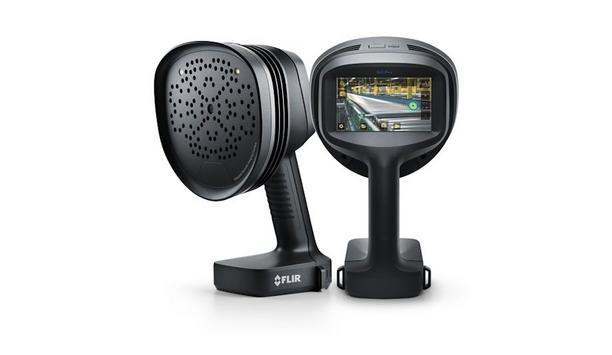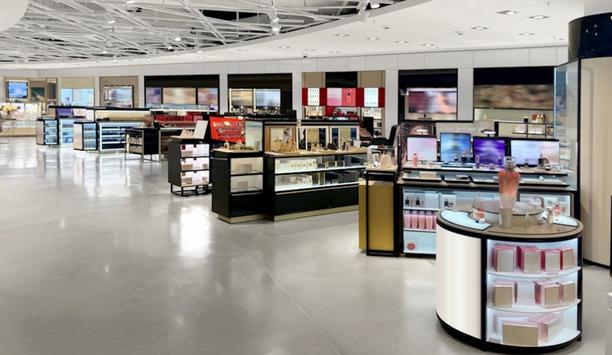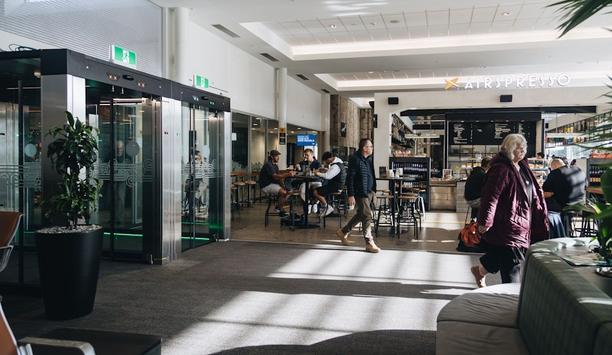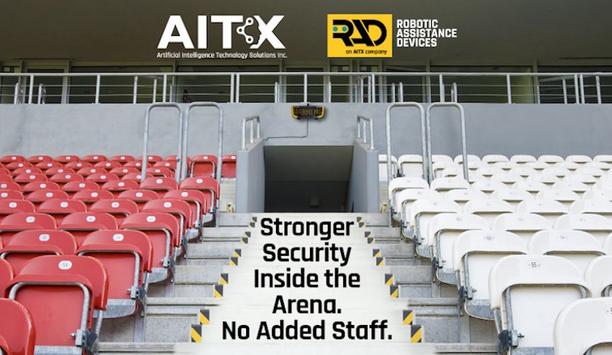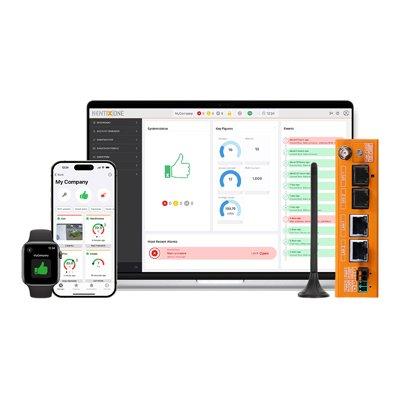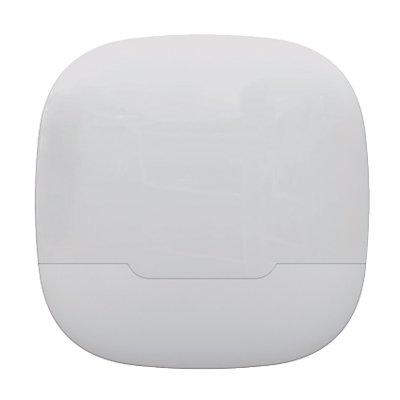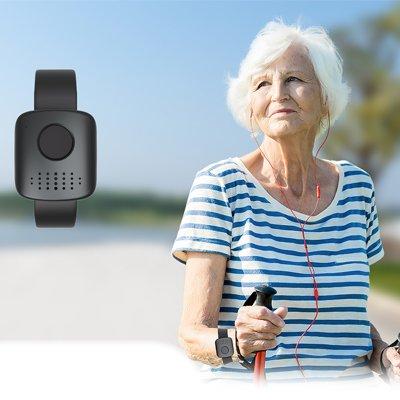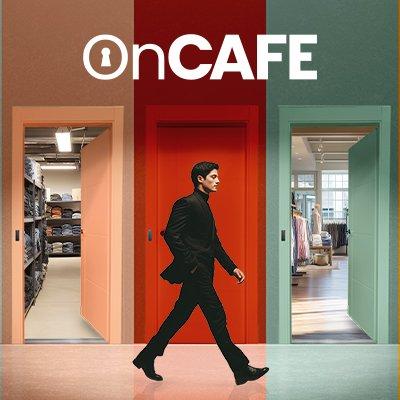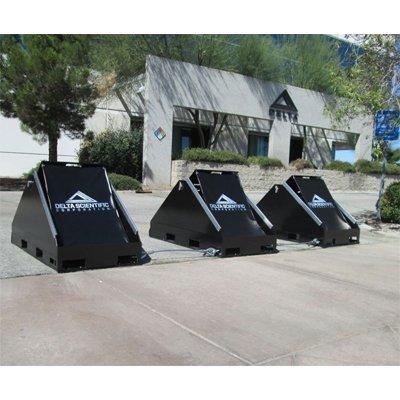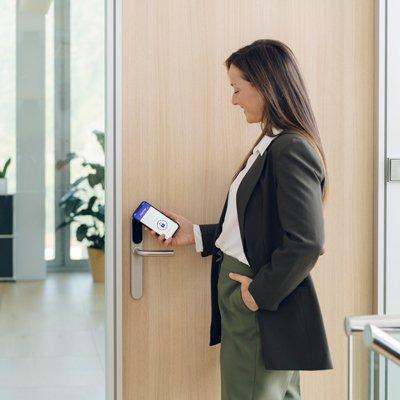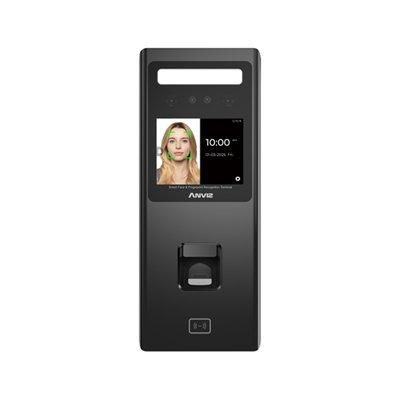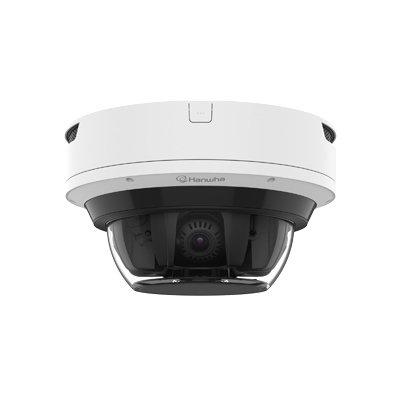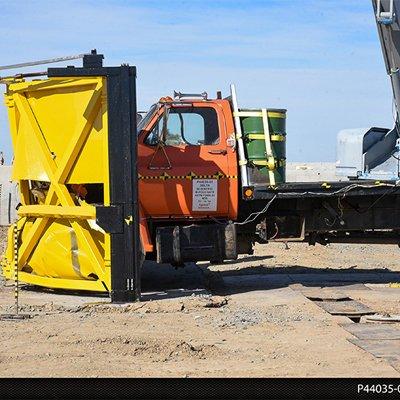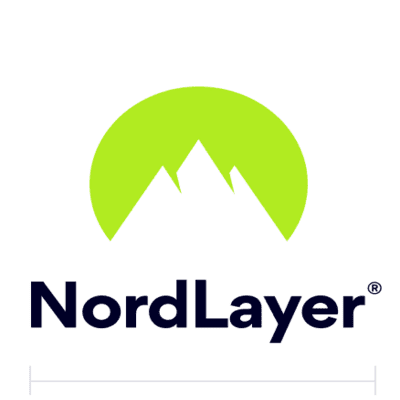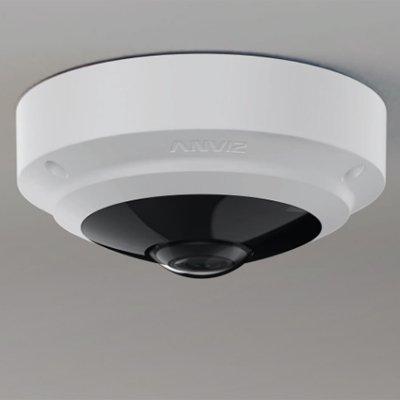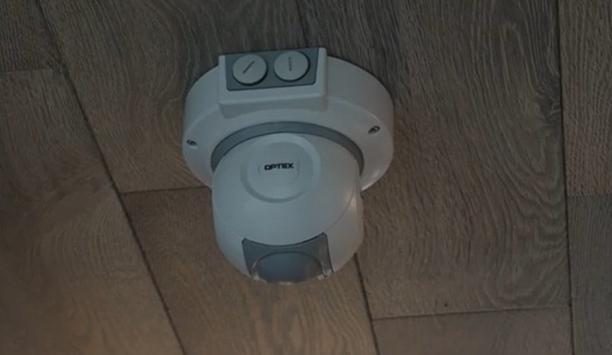Airports & Ports
- ASSA ABLOY Solution: Digital Cabinet Locks Help Helsinki Airport To Improve Regulatory Compliance And Passenger Safety
- Pelco Provides Their VideoXpert VMS To Enhance Security Operations At The Murtala Muhammed Airport Terminal Two In Nigeria
- Milestone Systems’ XProtect Video Management Software (VMS) Offers Enhanced Security, Safety, And Efficiency For Jackson Hole Airport (JAC)
- Anviz FaceDeep 5 Applied In The World's Leading Aviation Services Company
Banking & Finance
- Wilson Bank & Trust Upgrades To Hanwha Techwin Cameras And Recorders To Better Serve Customers And Prevent Loss
- Dahua Invites Partners To Attend Its Dahua Technology Partner Day 2021 Online Event
- Genetec Helps Safeguard Iceland’s Financial Services Backbone
- Historic Spanish Building Upgrades Security With ASSA ABLOY's SMARTair® Wireless Access Control
Education
Government & Public Services
Healthcare
- Mitigating cybersecurity risks in industrial control systems with Honeywell
- Climax Releases An Advanced Smart Telecare Solution With Voice Control
- Centralized Surveillance In Israel Hospital: Dahua's Role In Reducing Cross-Infection
- Non-Profit Healthcare Provider Gets Enhanced Data And Facility Security For Its Locations From Brivo
Hotels, Leisure & Entertainment
Industrial & Commercial
Remote Monitoring
Transportation
The Swiss Federal Railways (SBB) is the largest rail and transport company in Switzerland with 1.2 million passengers and 180,000 tonnes of freight transported every day. SBB is a pioneering rail sy...
The city of Neuilly-sur-Seine, in France, is home to Avenue Charles-de-Gaulle (RN13), an urban expressway, which is frequented by approximately 130,000 vehicles per day - from small cars to large buse...
The NOC fleet counts about ten oil products tankers sailing in the Singapore area. These vessels carry highly flammable fuel oil waste for proper recycling or disposal treatment. The client needed to...
Aerocharter is a provider of technical, operational, and commercial services to support aviation. Its main activities are cargo services, including handling, storage and supervision of cargo, in parki...
The cloud-based access control and video management system was recently installed at the city’s marina where it has integrated with their booking system, Harba. Harba booking system There are...
Latest news
Having an emergency response plan is essential for businesses of all sizes, across every industry. But in energy facilities, particularly those dealing with hazardous or explosive materials, it become...
Welcoming its first class of students in August 2013, Samueli Academy is a nonprofit organization funded through private donations that is focused on providing a free, quality education to students in...
A major oil and gas organization faced a critical challenge in securing its applications at scale. With a vast, globally distributed technical organization, security and development teams operated in...
Acoem, a pioneer in advanced physical security solutions, announced that a large North American utility is utilizing its ATD Gunshot Detection system to protect critical infrastructure at multiple sit...
ZeroEyes, the creators of the first AI-based gun detection video analytics platform to earn the full US Department of Homeland Security SAFETY Act Designation, announced now that Ki Charter has expand...
Kitakobushi Resort operates multiple distinctive properties in Shiretoko, Hokkaido – a UNESCO World Natural Heritage site since 2005. Their portfolio includes a large resort hotel overlooking th...
EnGenius Technologies Inc., a pioneer in advanced connectivity and cloud-managed networking solutions, today announced that Crossroads Church in Rowlett, Texas, has completed a comprehensive security...
VIVOTEK, the pioneering security solution provider, actively integrates corporate social responsibility into its operations. This year marks the fifth “Safety Map” corporate sustainability...
Comelit-PAC has partnered with Kings Group SW to deliver a bespoke video door entry solution at the historic Bridgwater Arts Center, a Grade I listed building renowned for its architectural and cultur...
The University of Southampton, a multi-campus estate with a research institution, has recently enhanced its fire safety provision for deaf and hard-of-hearing individuals through a pioneering paging s...
Acoustic imaging offers a powerful early warning solution, enabling operators to detect issues before they escalate and keep turbines running efficiently. For any government, sourcing energy involves...
Set in 33 hectares of woodland on the edge of Dartmoor National Park, the zoo is home to an impressive variety of exotic and native animals, including Amur tigers, African lions, and Amur leopards. N...
ATÜ Duty Free, Turkey’s pioneering duty-free retailer, aimed to establish a comprehensive security and AI-powered surveillance system in the Antalya Airport new terminal building project to...
Gunnebo Entrance Control has partnered with Queenstown Airport (ZQN) and Custom Technology Systems Ltd to elevate the domestic departure experience, providing greater convenience and security for pass...
Artificial Intelligence Technology Solutions, Inc., a pioneer in AI-driven security and productivity solutions, along with its wholly owned subsidiary, Robotic Assistance Devices, Inc. (RAD), announce...
Featured products
Related videos
Escape Doors Fully Compliant for Emergencies
OPTEX REDSCAN Mini Series Protects The Londoner Hotel
Dahua Wireless Series New Products Launch


